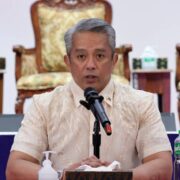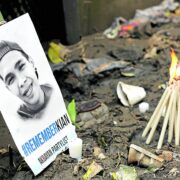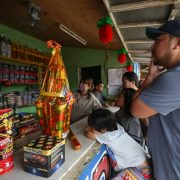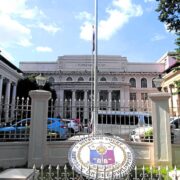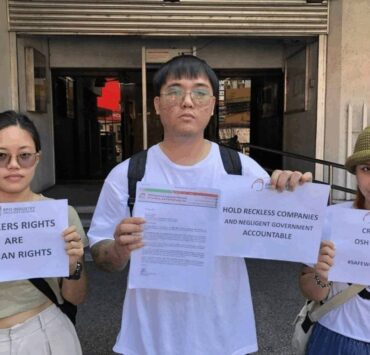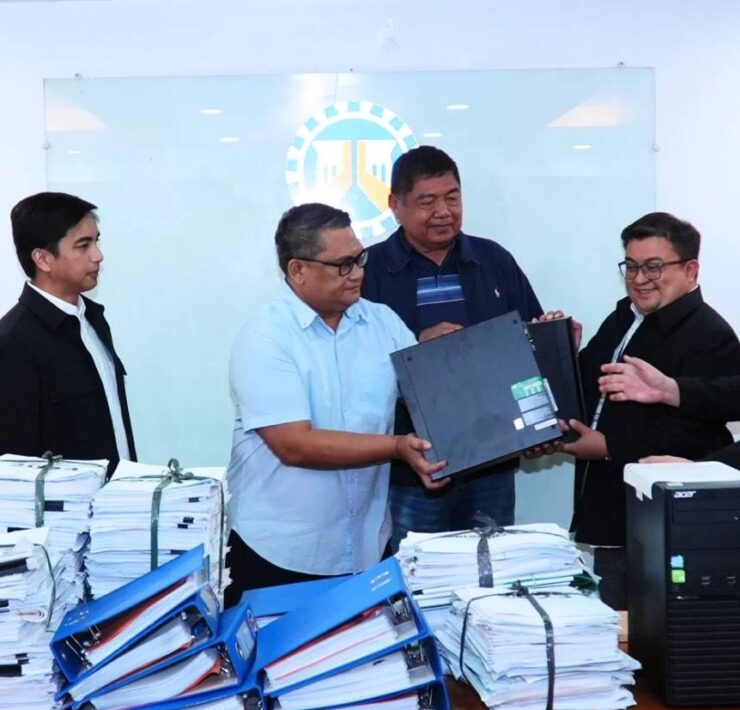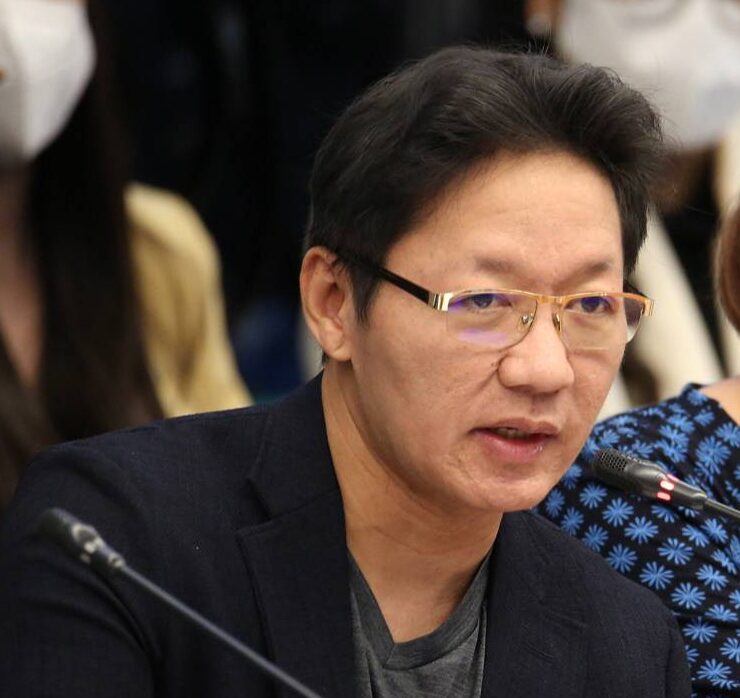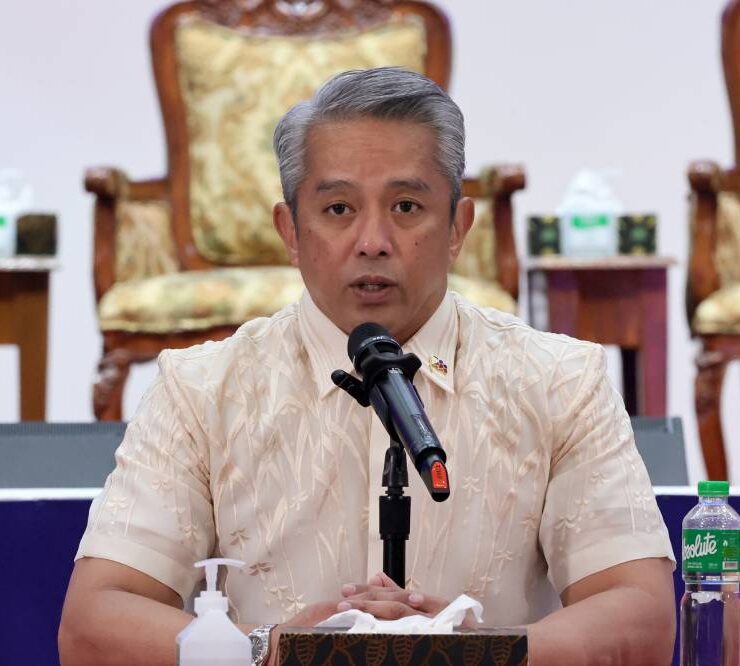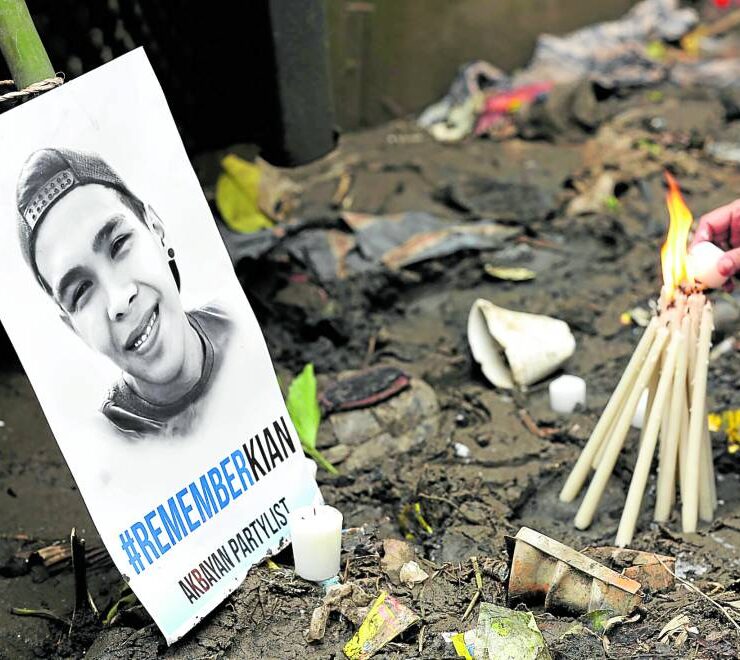Quake rescue ops end; Bogo ‘tent city’ rushed
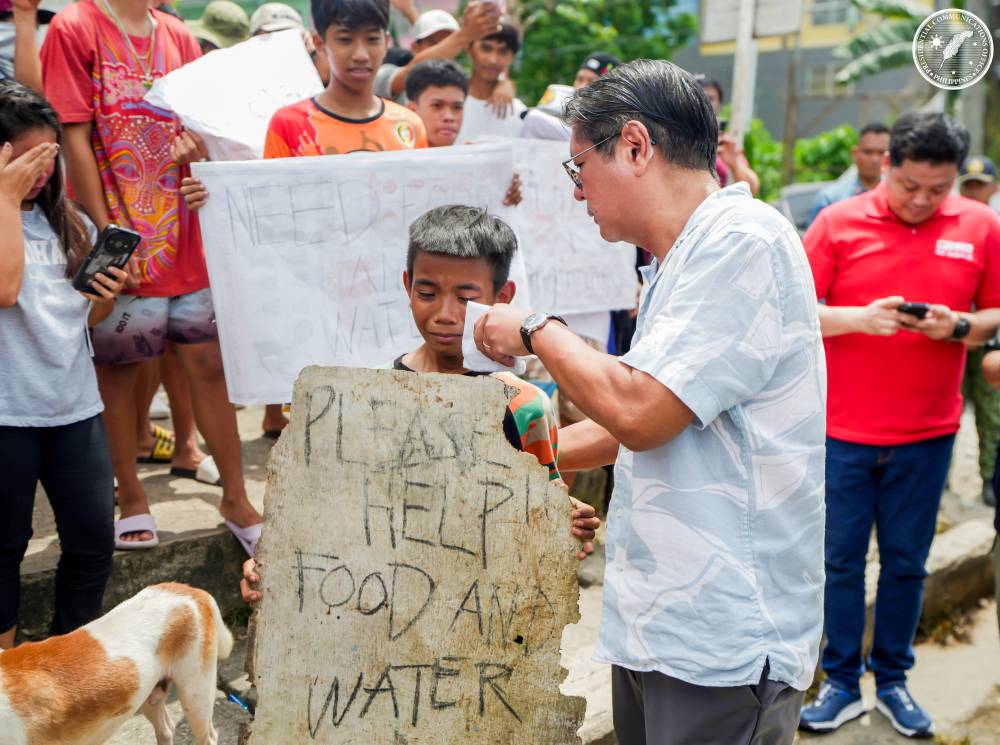
As authorities ended search and rescue operations in northern Cebu following the magnitude 6.9 earthquake on Tuesday that killed 72 people and injured 366 others, the focus now shifts to relief and rehabilitation.
On the ground, however, the bigger picture of the victims’ dire condition has only begun to emerge, with President Marcos ordering the rush construction of a “tent city” in Bogo City to temporarily shelter residents who were displaced by the earthquake.
“So we had a little bit of a hard time because we had nowhere to put displaced families because we weren’t sure about evacuation centers. So our decision was to get big tents and set them up,” Mr. Marcos said during his visit to Bogo City, considered ground zero of one of the deadliest natural disasters to hit the province in recent memory. Thirty of the casualties came from the city.
The President said the national government would tap the Philippine Red Cross to deploy its medical field tents, which were used at the height of the COVID-19 pandemic as staging and isolation wards.
He ensured these tent facilities would have adequate supply of food, water and electricity through generator sets if necessary.
All accounted for
The Presidential Communications Office said more than 65,000 families were affected, with many of the thousands displaced opting to stay on open fields or in makeshift houses made of light materials due to fears of strong aftershocks.
Three evacuation centers remained open as of Thursday morning, hosting at least 171 families or 471 people.
Search-and-retrieval operations were officially terminated Wednesday night after authorities accounted for all missing persons, said Philippine National Police Public Information Office chief Brig. Gen. Randulf Tuano.
“The concentration now is on relief and rehab operations,” Tuano said at a news briefing Thursday. “We are working closely with local governments, [the Department of Social Welfare and Development, the Department of Public Works and Highways], and other agencies to restore order and help communities recover as quickly as possible.”
Office of Civil Defense spokesperson Junie Castillo said also on Thursday that local government units (LGUs) reported no unaccounted residents during a morning briefing at the Incident Command Post.
“As of today, there are no reported missing, even from the LGUs. The assumption is all are accounted for,” Castillo said in a phone interview. “Some private rescue teams have already been told they may demobilize unless they want to continue helping with relief or debris clearing.”
He said aftershocks remain a major concern, preventing many residents from returning indoors even if their homes were found structurally safe.
“Even if their houses were not damaged, people are still afraid to go back inside because of the frequent tremors,” Castillo said.
“It is traumatic for survivors who already experienced the quake,” he added.
Instead of staying in designated typhoon evacuation centers, thousands have sought refuge in open areas away from falling debris.
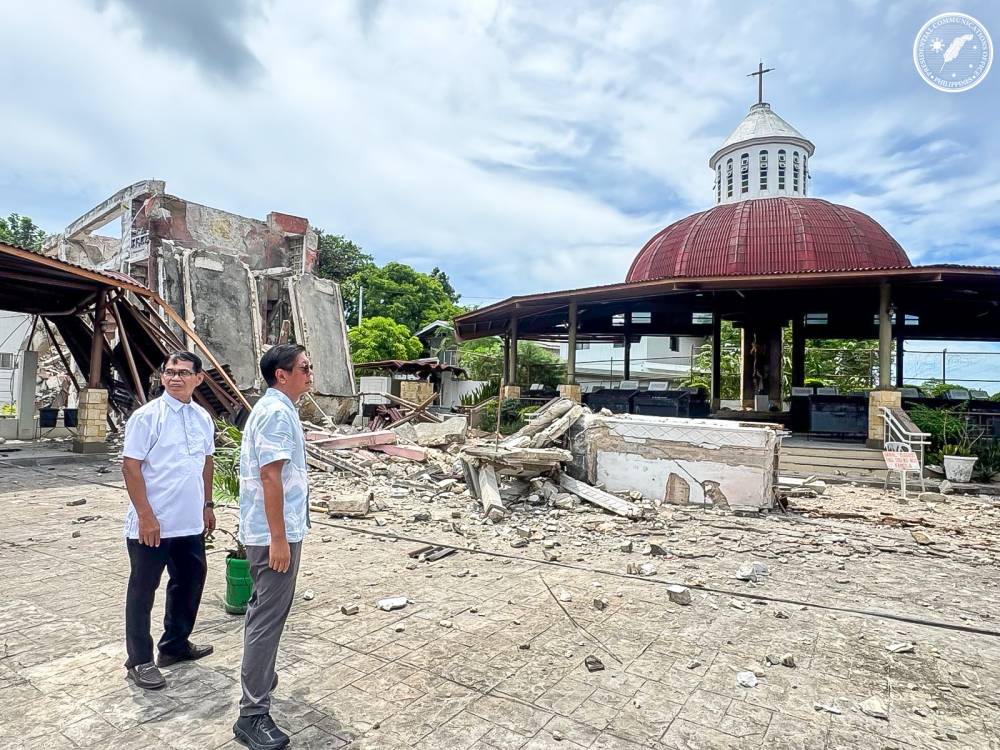
Clearing operations
Castillo also reported that most major routes in northern Cebu have been cleared making them passable again, though some local roads and damaged structures will take more time to clear.
“Vehicles can now reach Bogo from Cebu City. The priority now is debris clearing in critical facilities, and relief for affected families,” he said.
“The focus has now shifted fully to relief, rehabilitation, and supporting displaced communities,” Castillo said.
The Philippine National Police has deployed more than 2,200 officers to Central Cebu and nearby provinces to assist in relief and rehabilitation efforts.
Tuano said 2,250 personnel from Police Regional Office 7 and nearby units remain on the ground, conducting security, medical assistance, retrieval, road clearing, and transport operations.
“Since Tuesday, our personnel have been deployed not only for rescue and retrieval but also to secure communities, assist in medical response, and provide transportation and logistics,” he said. “As directed by the President, our focus now is on relief and rehabilitation, while ensuring security in affected areas to prevent looting.”
Authorities confirmed that 34 police stations and two headquarters sustained varying levels of damage, while six patrol vehicles were affected. Communications equipment, however, remained functional.
Despite the devastation, Tuano said no incidents of looting or major crimes had been recorded.
“We maximized police visibility in affected areas. Even our personnel, though victims themselves, have not stopped working. Many of them have had little to no sleep,” Tuano said.
Brig. Gen. Antonio Marallag, deputy director of the Directorate for Police Community Relations, reported that 37 police personnel were affected by the quake, including 36 uniformed officers whose homes were damaged.
“We have made sure that while some of our personnel are victims themselves, there are sufficient forces left to assist communities,” he said.
Restoration work
The National Grid Corp. of the Philippines (NGCP) announced that electricity services in Eastern Visayas have been fully restored.
In its 10 p.m. advisory, the NGCP said the Leyte-Samar subgrid was completely restored at 7:12 p.m., ensuring normal power supply in the region despite several transmission lines in other parts of the Visayas still being down.
Earlier, the NGCP placed the Visayas grid on yellow alert after reserves fell below the required level. This was lifted at 9 p.m. after available capacity reached 2,239 megawatts against a peak demand of 1,950 megawatts.
A yellow alert is issued when the operating margin is insufficient to meet the transmission grid’s contingency requirement.
The NGCP assured the public that transmission services in the Visayas grid are now under normal operations and that restoration work on remaining affected facilities continues. —WITH REPORTS FROM LEO UDTOHAN, MICHAEL B, JAUCIAN, MOREXETTE ERRAM, JOEY A. GABIETA AND YOLANDA SOTELO




